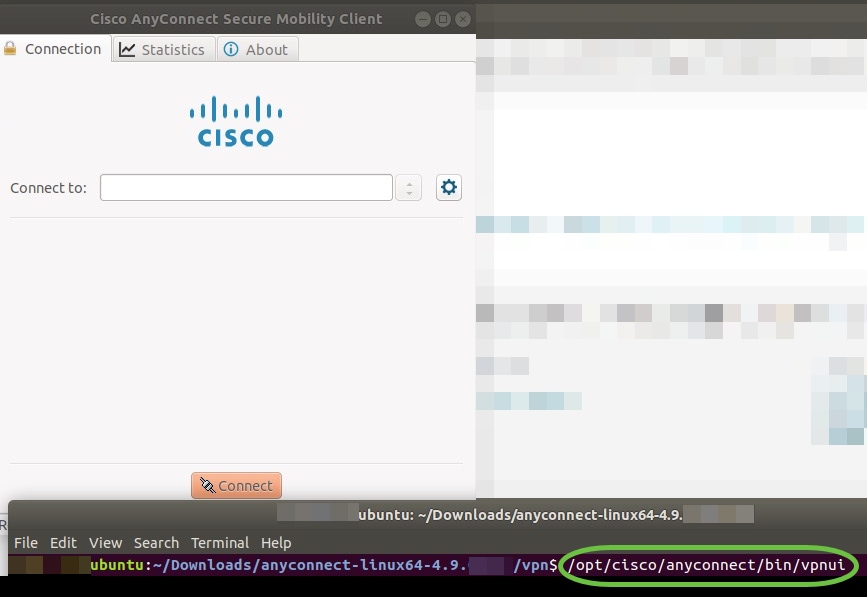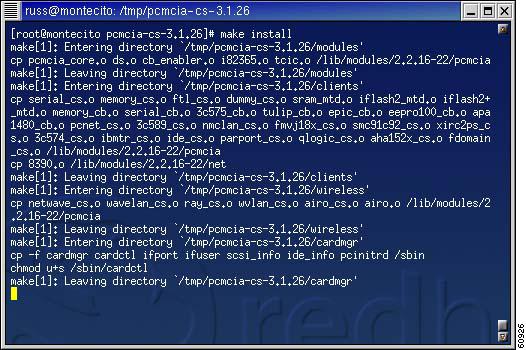

Other than that, you may want to go to a forum that's related to your set top box and find out if others have had any trouble connecting to directories shared by Samba servers maybe someone there can suggest any additional changes you can make to the NAS200 Samba configuration.

You may also want to look at the NAS200 FAQ: it has a script to fix some Samba settings on the NAS200. You should disable the "Convert failed login to guest login" option on the NAS200 to prevent problems with access rights.
#Cisco receiver linux how to#
This page shows how to find network adapter status in Linux using bash or any other modern shell. Syslog Server 1.verify if the sysklogd package is installed. Linux comes with various command line utilities to dig information about network adapters such as Ethernet, WiFi and other installed in your system. The input tells the server to accept connections on port 514. The module loads the receiver for UDP input.

You will have to make sure the receiver uses a user name and password that match an account on the NAS, and of course you will have to share a folder (but you can also use the "DISK 1" or "PUBLIC DISK 1" shares which always exist). On this tutorial, we are going to use the syslogd/sysklogd server which is a multi-platform and proven stable software. conf file with the VI Editor or your Linux editor. With Samba you can probably pull between 4 and 6 MB per second from the drives depending on your configuration, whereas NFS will do 1MB/s max.
#Cisco receiver linux install#
NFS is complicated to install and it runs so slow on the NAS200 that it's pretty much unusable. If your receiver can run Samba, you don't need NFS on the NAS200.


 0 kommentar(er)
0 kommentar(er)
